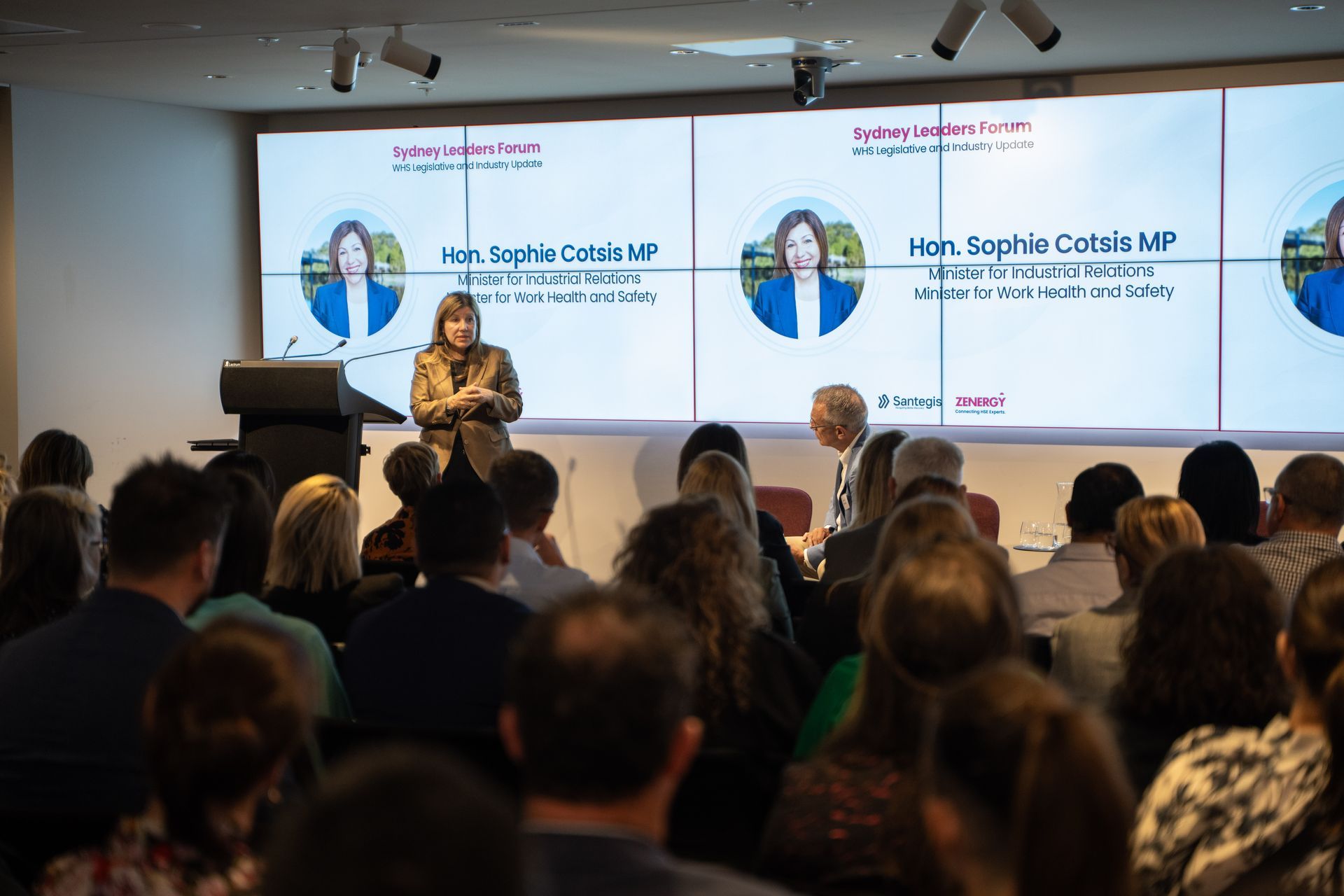Comcare releases guidance on COVID-safe workplace transition planning
As COVID-19 restrictions gradually ease across Australia, Comcare recently released guidance to help employers support workers as they transition back to usual workplaces.
Employers must follow local conditions and the relevant state and territory restrictions as part of their transition planning.
Transition plans should be tailored to meet relevant industry or geographic circumstances and respond to changing COVID-19 risks as restrictions change over time, and these plans should also consider the following:
- Risk management in an evolving environment
- Worker mental health and wellbeing.
- Maintaining a COVID-safe workplace
- Transitional arrangements for workers based on individual circumstances
The guidance from Comcare said all organisations must assess the risks associated with exposure to COVID-19 and implement control measures to manage those risks.
They must also assess any other new or changed risks arising from COVID-19 such as customer aggression, work-related travel, high work demand or working in isolation.
Risk assessments should be reviewed periodically as the operating environment changes (for example, in response to changes in COVID-19 cases or changes to public health orders) or when new information on workplace risks becomes available.
This should include the periodic review of control measures implemented to ensure their ongoing appropriateness and effectiveness based on the latest information.
Organisations must also assess the risks to any vulnerable workers(link is external), and other examples of when organisations must undertake a risk assessment with respect to COVID-19, include where an organisation:
- changes its work practices, procedures or the work environment
- recommences or increases operations following a shutdown or reduced operations
- introduces workers back into the workplace following working from home or stand-down arrangements
- is responding to workplace incidents (for example, where a worker has tested positive to COVID-19)
- is responding to concerns raised by workers, health and safety representatives, or others at the workplace.
Work Health and Safety (How to Manage Work Health and Safety Risks) Code of Practice 2015(link is external) provides practical guidance about how to manage WHS risks through a risk management process.
Safe Work Australia has also published information on key considerations for businesses to take into account when assessing the risks associated with COVID-19(link is external) while a template and example COVID-19 risk register(link is external) is also available.
Comcare’s guidance said employers must consult with their workers and any health and safety representatives at each step of the risk management process, as workers’ experience, knowledge and ideas will assist employers to identify all hazards and choose effective control measures.






